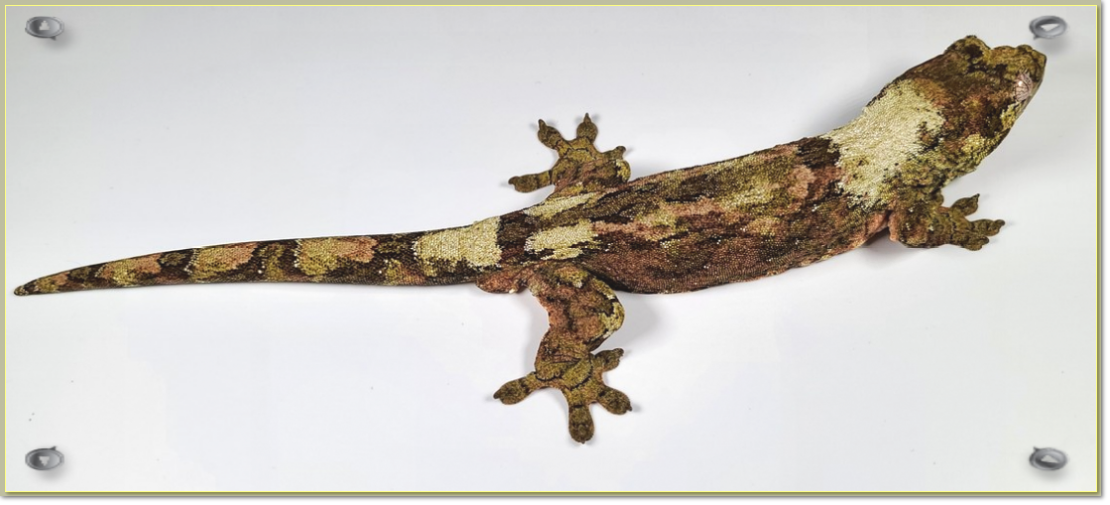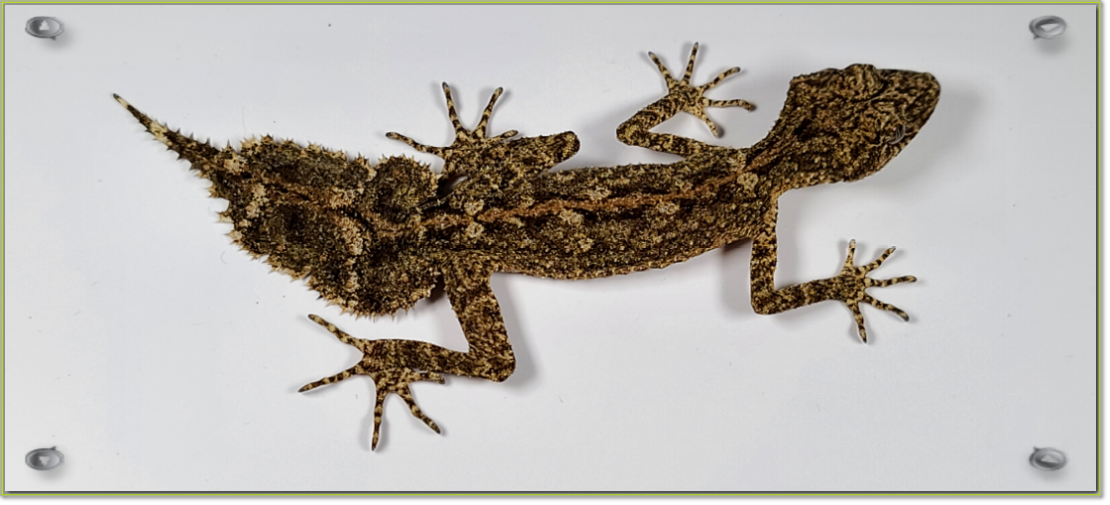

Egernia
A group of spiny-tailed skinks from Australia, also referred to as Crevice Skinks. These diurnal lizards like it hot and dry. They spend most of their time dwelling on rocks in which they can wedge themselves in crevices to avoid danger. The scales on their bodies and spines on their tails prevent predators from getting them out from between the rocks. They are quite intelligent and with some time can become rather bold and really get to know their owner. They are a live-bearing species with quite a long life span making them some very rewarding pets. I am currently working with Egernia hosmeri and Egernia stokesii badia.

Correlophus ciliatus
Commonly called the Crested Gecko, these are some of the best lizard species to keep. They are a medium sized arboreal gecko maxing out at approximately 7”. They are easy to care for and come in a wide array of colors that keep even the most experienced keepers interested. Here at Kryptic Morphs, I work primarily with yellow/orange base animals that have a variety of different traits.

Mniarogekko chahoua
Chahoua or the Mossy Prehensile Tailed Gecko has been a long time favorite here. They are a larger sized gecko from New Caledonia, reaching a size of approximately 11”. There are two locales of chahoua, Mainland & Pine Isle, both of which are being worked with here. Their tail acts as a 5th leg in which they are reluctant to drop. They are a long-lived species that is known to guard their eggs, but at the same time is a very rewarding and docile pet. They come in a wide array of colors and patterns, from pastels to extremely vibrant animals that only improve with each season. Kryptic Morphs has been breeding chahoua since 2003 and has many colors, patterns, and bloodlines to choose from.

Saltuarius
Saltuarius is a genus of Leaf-Tailed Geckos from Australia. There are 7 members of the genus, with each one being incredible. They range in size from approximately 5-10” total length. A super bizarre nocturnal species that doesn’t hesitate to come out once the lights are off. All the Saltuarius species are relatively hardy, easy to care for and can be kept the same way. I am currently working with S. wyberba, S. salebrosus, and S. kateae.
